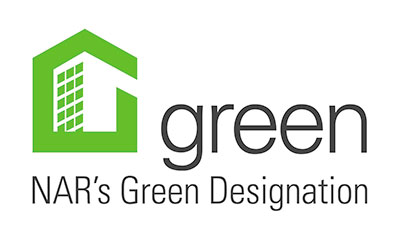In the ever-changing world of real estate, sustainability has become more than just a catch-phrase—it’s a driving force reshaping the industry. On June 4th and 5th, the National Association of Realtors will hold its annual Sustainability Summit in Minneapolis where both current and future developments in sustainable housing will be showcased.
The summit is designed to meet current and future homeowners where many already are–on the road to “net zero,” or at least to making their homes and the ones they hope to buy more energy efficient through net-zero energy retrofits—a transformative approach to upgrading homes for sustainability. In this blog, I’ll explore what net-zero energy retrofits entail, why they matter, and how homeowners can embark on this journey towards a greener future.
Understanding Net-Zero Energy Retrofits
Net-zero energy retrofits involve retrofitting existing homes to significantly reduce energy consumption and generate as much renewable energy as they consume over the course of a year. The ultimate goal is to achieve a net-zero energy balance, where the home produces as much energy as it consumes, thereby minimizing its environmental impact and utility bills. These retrofits typically involve a combination of energy-efficient upgrades, renewable energy systems, and advanced technologies tailored to the specific needs of each home.
Why Net-Zero Energy Retrofits Matter
The importance of net-zero energy retrofits cannot be overstated in today’s climate-conscious world. By transforming existing homes into energy-efficient, renewable energy-producing structures, these retrofits offer a multitude of benefits:
-
Environmental Impact: Net-zero energy retrofits significantly reduce greenhouse gas emissions associated with home energy consumption, helping combat climate change and preserve the planet for future generations.
-
Cost Savings: While the initial investment in retrofitting may seem daunting, the long-term savings on utility bills can be substantial, making it a financially prudent decision for homeowners.
-
Enhanced Comfort: Energy-efficient upgrades improve indoor comfort by minimizing drafts, maintaining consistent temperatures, and reducing humidity levels, creating a healthier living environment for occupants.
-
Increased Property Value: Net-zero energy homes are increasingly sought after in the real estate market, commanding higher resale values and attracting eco-conscious buyers.
-
Energy Independence: By generating their own renewable energy on-site, homeowners reduce their dependence on traditional energy sources, providing greater resilience in the face of power outages and fluctuating energy prices.
Key Components of Net-Zero Energy Retrofits
Achieving net-zero energy status requires a comprehensive approach that addresses various aspects of home performance. Here are some key components typically involved in net-zero energy retrofits:
-
Energy-Efficient Insulation: Upgrading insulation levels in walls, floors, and attics minimizes heat loss in winter and heat gain in summer, reducing the need for heating and cooling.
-
High-Performance Windows and Doors: Installing energy-efficient windows and doors with multiple panes, low-emissivity coatings, and insulated frames enhances thermal comfort and minimizes air leakage.
-
Air Sealing: Sealing gaps and cracks in the building envelope prevents uncontrolled air infiltration and exfiltration, improving energy efficiency and indoor air quality.
-
Energy-Efficient HVAC Systems: Upgrading to high-efficiency heating, ventilation, and air conditioning (HVAC) systems, along with programmable thermostats and zone controls, reduces energy consumption while maintaining comfort.
-
LED Lighting: Replacing incandescent and fluorescent lighting with energy-efficient LED fixtures significantly reduces electricity usage and extends bulb lifespan.
-
Renewable Energy Systems: Integrating solar photovoltaic (PV) panels or small roof-mounted wind turbines where permitted by HomeOwners Associations and local ordinances, allows homeowners to generate clean, renewable energy on-site, offsetting their electricity consumption.
-
Energy Monitoring and Management: Implementing smart meters, energy monitoring systems, and home automation technologies enables homeowners to track their energy usage in real-time and optimize energy efficiency.
Steps to Embark on a Net-Zero Energy Retrofit
Embarking on a net-zero energy retrofit journey may seem daunting, but with careful planning and guidance, homeowners can navigate the process effectively. Here’s a step-by-step guide to get started:
-
Energy Audit: Begin by conducting a comprehensive energy audit of your home to assess its current energy performance, identify areas for improvement, and prioritize retrofit measures. In Virginia, professional home energy auditors are required to be licensed by the Department of Professional and Occupational Regulation (DPOR). You should also look for an auditor who is certified by one of the national energy auditing programs such as the Building Performance Institute or the Residential Energy Services Network.
-
Set Goals: Define your goals for the retrofit, whether it’s achieving net-zero energy status, reducing energy bills, improving indoor comfort, or increasing property value.
-
Develop a Retrofit Plan: Work with energy consultants, architects, and contractors to develop a customized retrofit plan that addresses your home’s specific needs, budget, and timeline.
-
Secure Financing: Explore financing options for your retrofit project, such as energy-efficient mortgages, rebates, incentives, and financing programs offered by government agencies, utilities, and financial institutions.
-
Implement Retrofit Measures: Execute the retrofit plan according to schedule, ensuring proper installation and integration of energy-efficient upgrades, renewable energy systems, and advanced technologies.
-
Monitor and Maintain: Regularly monitor your home’s energy performance, conduct routine maintenance on retrofit components, and make adjustments as needed to optimize energy efficiency and comfort.
-
Educate and Advocate: Share your retrofit experience with others in your community, educate them about the benefits of net-zero energy homes, and advocate for policies that support sustainable building practices.
Net-zero energy retrofits represent a transformative opportunity to upgrade existing homes for sustainability, reducing energy consumption, lowering utility bills, enhancing comfort, and mitigating environmental impact. By embracing this holistic approach to home renovation, homeowners can not only improve their quality of life but also contribute to a greener, more sustainable future for generations to come. Are you ready to take the leap towards net-zero energy living?



